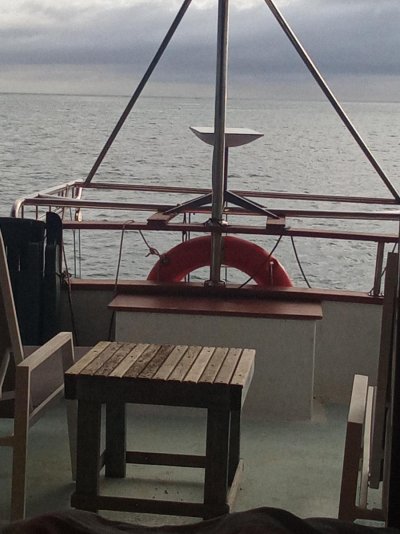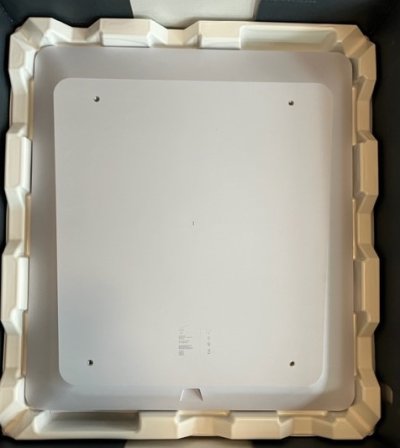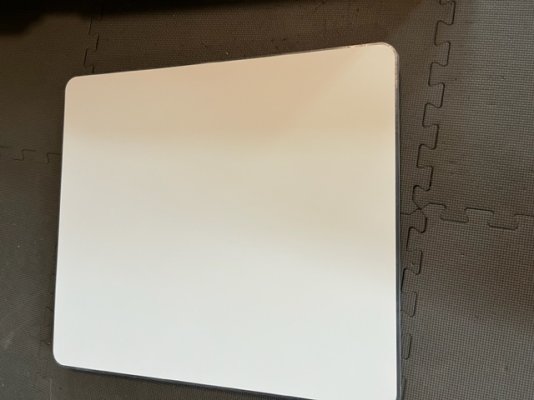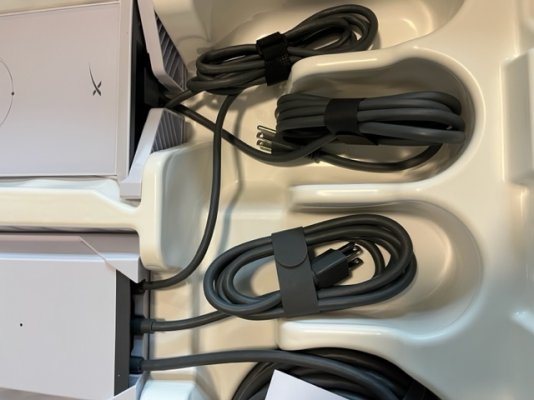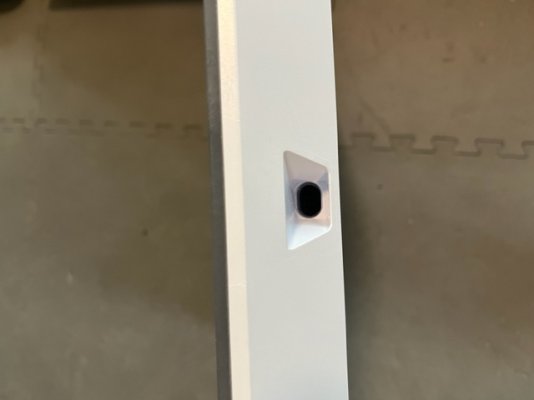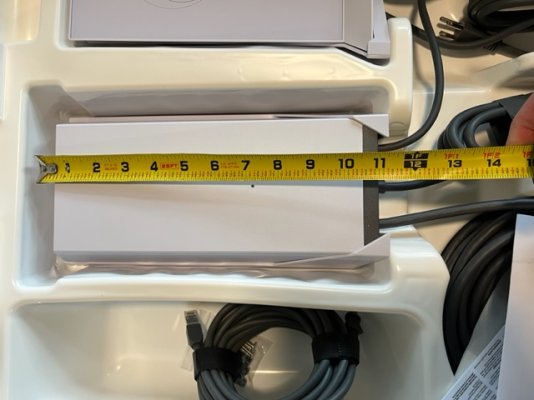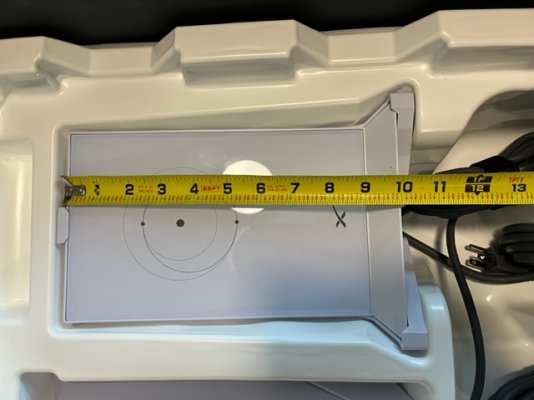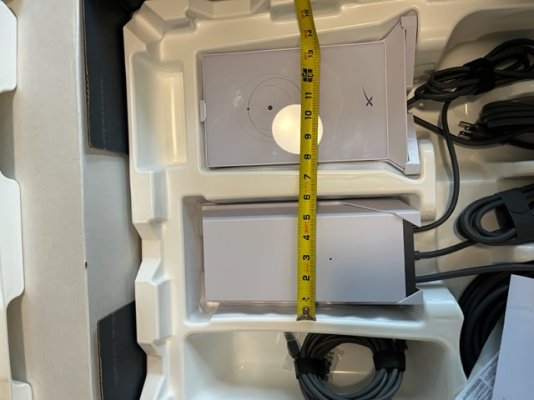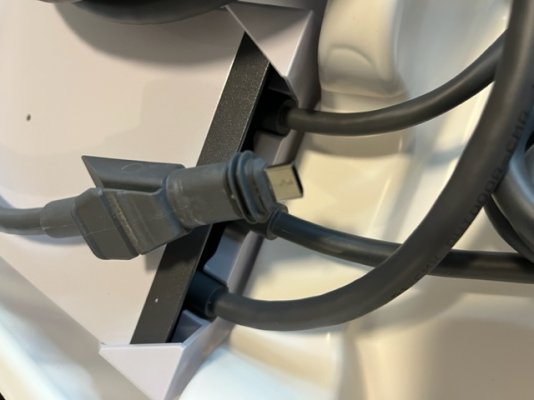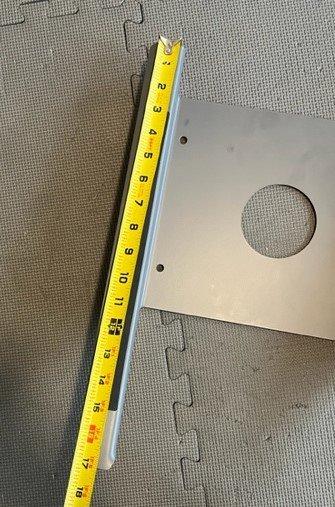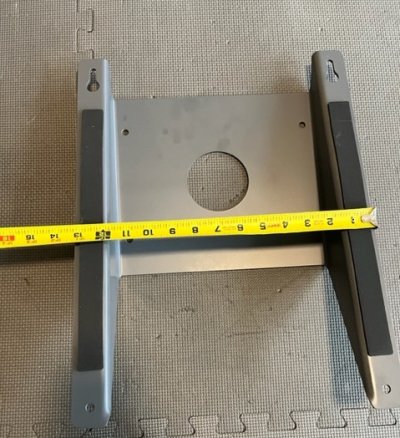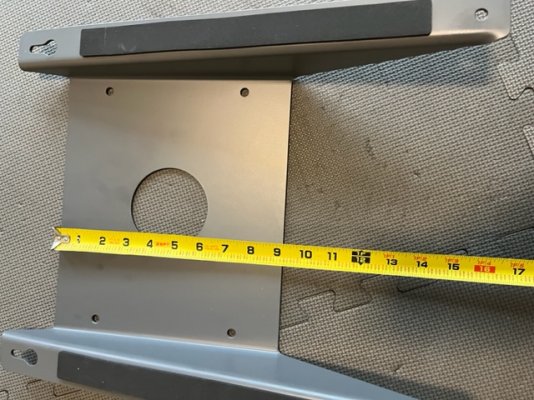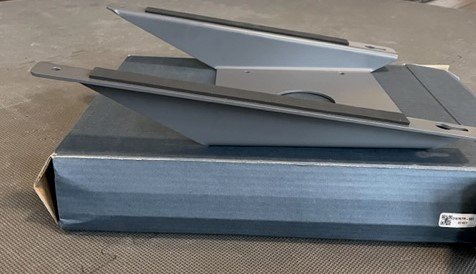A key issue is that it has to use the RV plan.
Seabits usual comprehensive reviews - link above - highlight this, and he was running both dishes at the same time.
“ While visiting Friday Harbor, a relatively populated area on San Juan Island, I was getting absolutely terrible performance from both the standard RV and high performance dishes, around 2Mbps up and down. The residential dish did slightly better, but it was also using the portability feature as I was not in my home area. I switched over to cellular to keep things connected and working.”
My experience at the end of last summer in Sidney BC was I was getting 2mbs download as well with the RV plan.
If you are forced to use the RV plan with the larger dish, which appears to be the case as Seabits says, then the value to me would be far north where safe little reception is an issue. I’m not going to swap out my older one - cables and mounts are different too , but if I was doing a new install and the double power consumption wasn’t an issue I’d get the newer one I guess?
Let’s wait now until Elon geofences nautical use to charge more.
I’m also trying to decide why I want or need connectivity while in motion. Maybe if receiving cell calls via wifi if not in cellular range? Music or news? Does anyone have good use cases (maybe bored guests?). Not real time weather. For coastal cruising.

